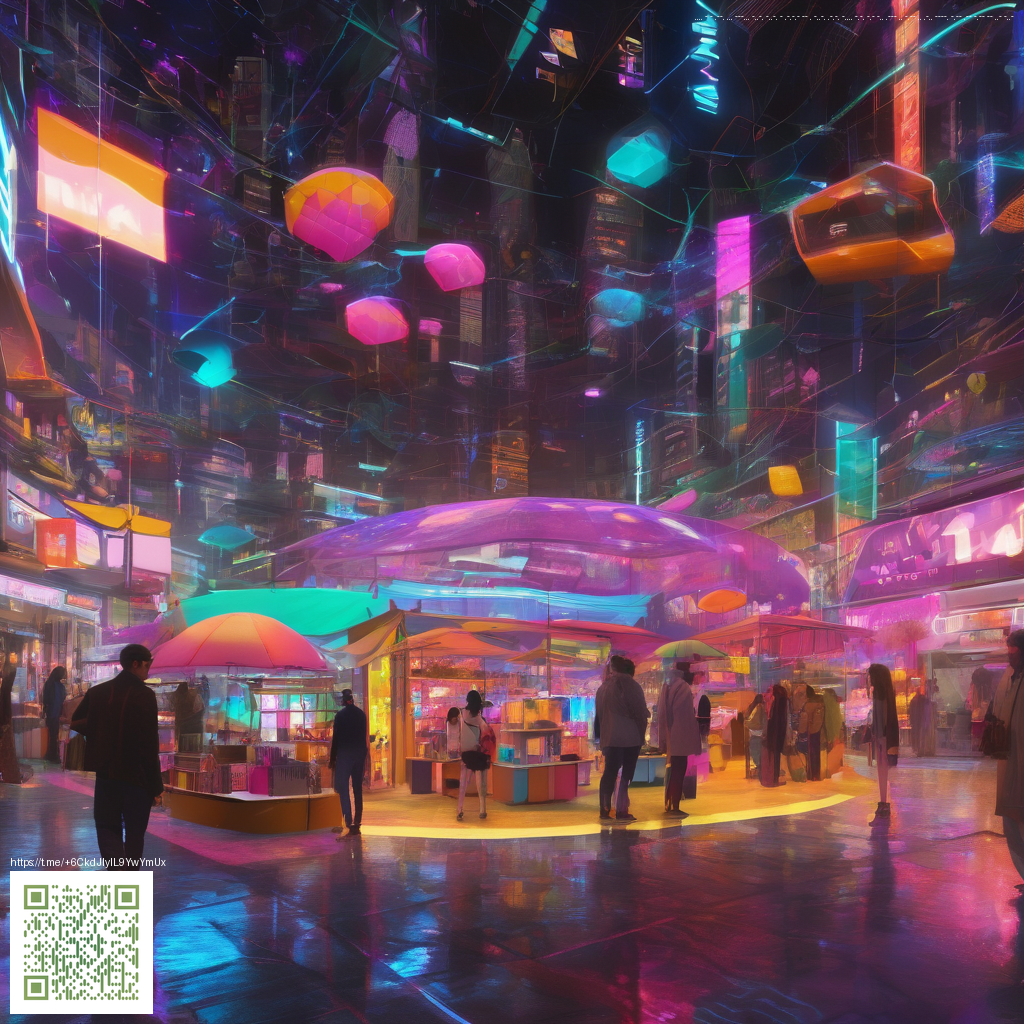
Exploring the cracks in a beloved masterpiece
The miracle of a game can sometimes hinge on what it leaves unsaid rather than what it loudly proclaims. This deep dive examines the most disappointing aspects observed by many players who treasure the era of the PS2 and its enduring legacy. While the title in question is hailed for atmosphere, scale, and emotional resonance, a candid look reveals areas where even a landmark can feel dated or uneven in retrospect. The goal is not to diminish the achievement but to understand where expectations meet reality in a game that still inspires passionate discussion.
Pacing and structural rhythm
One of the most frequently cited points of tension is pacing. The game is built as a sequence of monumental confrontations against towering enemies, each with its own puzzle to unlock a climb to the weak point. Between these battles the world feels vast yet quiet, and for some players that quiet stretches into a lull. The slow burn, once a deliberate mood setter, can drift into monotony for modern players who crave more frequent moments of adrenaline or narrative drive. Yet others celebrate this very spacing as the heartbeat of the experience, a deliberate reminder that scale does not equate to constant action.
Traversal and control friction
The act of moving through the world and mounting a colossal foe remains a defining feature. In practice though the ascent pacing can feel unforgiving, demanding precise timing and careful positioning. The act of guiding your weapon or shot while teetering on a precipice can become a test of patience rather than a thrilling puzzle. The frustration is tempered by the sense of awe when a plan finally clicks and you witness the boss reveal a new weakness. Still, the balance between challenge and accessibility shifts with the player’s perspective, and not all pathways offer a smoother learning curve.
Camera quirks and spatial geometry
Camera behavior in the old generation era often stalls heartfelt immersion when geometry, horizon lines, and cliffs intersect unpredictably. While subsequent updates and remasters have alleviated many issues, some clumsy angles or obstructed views persist as a reminder of technical constraints. The camera’s occasional stubbornness can turn a dramatic moment into a scrappy scramble to regain sightlines, especially during the most vertigo inducing climbs. For a game that leans so hard on vertical drama, camera reliability matters as much as any boss mechanic.
Community voices echo a sentiment that the atmosphere still outshines the rough edges while acknowledging the age of the design treats traversal and vision as a kind of living artifact rather than a flawless system.
Boss variety versus formulaic rhythm
Each encounter is designed as a puzzle to solve from a high vantage point, followed by a tense, hands on fight that tests your timing and positioning. The novelty of the first few colossi gradually softens as the formula repeats—climb to a highlighted point, exploit a vulnerability, and endure a drawn out struggle to the finish. The resulting tension between memorable moments and repetitive structure invites a nuanced critique: some players want more variations in puzzle mechanics or environmental interaction beyond the familiar climb and strike rhythm. The standout battles remain memorable because they often redefine the encounter rather than merely replicate the pattern across battles.
Age, accessibility, and remaster promises
Origins matter. The original release for the PlayStation 2 arrived amid a wave of experimentation that shaped how players understood atmosphere and minimalism in action adventures. By modern standards, controls and mechanistic limitations feel dated. The 2018 remake by Bluepoint Games addressed many visual and performance gaps, delivering 4K presentation and smoother framerate, yet some fans argue that the core experience remains tethered to design choices that cannot be fully retrofitted. The discourse around accessibility is ongoing, with some players craving broader tutorialization or alternative control schemes while others defend the tight focus that makes the experience intimate and austere.
Modding culture and community responses
Modding and fan-driven enhancements have kept the conversation alive for years. Communities explore improved textures, frame rate stability, and compatibility with modern hardware through emulation and unofficial patches. The conversation is as much about preserving the mood as it is about expanding the technical envelope. Some purists argue that changes risk erasing the title’s signature tension between beauty and restraint, while others celebrate the possibility of a more fluid experience on contemporary rigs. In any case, the dialogue around mods underscores a vibrant think tank where players, critics, and developers occasionally share notes on what age does to an ambitious design and how the magic can endure without losing its core soul.
Developer commentary and the remastering lens
From Team Ico’s original vision to Bluepoint’s modern revival, the conversation around this title reveals a keen tension between preservation and progression. The remake’s aim to reproduce the emotional impact while lifting technical constraints is a difficult balance. Developer insights reveal the intent to honor the atmosphere and scale while inviting new players to approach the game with contemporary expectations. The result is a nuanced conversation about what counts as an authentic restoration versus a new director’s cut. For fans and newcomers alike, the dialogue adds texture to the shared experience and keeps the legacy alive in a way that feels both respectful and forward looking.
As a long time observer of the medium, I find that the most lasting disappointment sits next to the most enduring triumphs. The quiet rooms, the wind racing over pale stone, and the tremor of a towering silhouette remain incomparable. When viewed through the lens of time, the missteps become a guide for what to emphasize in future projects and how to honor a vision without losing the courage to try anew.
Donate to support a decentralized internet